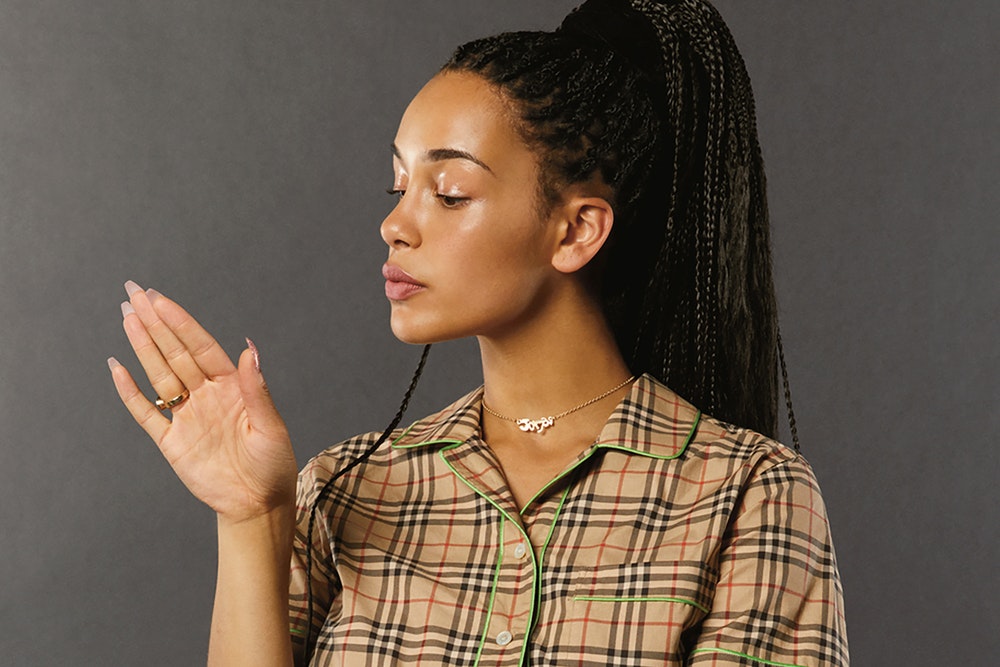Instead of stumbling through second year like myself, Jorja Smith spent her transition out of teenagehood storming through the internet music scene.
Originally released in 2016 when she was only 18, Jorja uploaded the emotive and impactful song ‘Blue Lights’ onto SoundCloud and the rest is history.
Smith recently released an accompanying video, the black/white aesthetic embodying the song’s exploration of the consequences of ingrained police racism in underdeveloped areas. Set in her hometown of Walsall, locations like the flats, the school and the playground are all personal aspects of Smith’s past. However, she is not featured in the video, instead shedding light on a mix of men of colour, a demographic which too often fall victim to suspect.
The lullaby-esque intro marries beautifully with Smith’s crooning soulful tones, a depth of maturity rare in someone so young. The video opens on a black man standing competitively in the shower, the water cascading almost hypnotically down his form. The camera pans to the flats where those in the video live, from which the video presents a variety of male individuals of colours, blank canvases onto which we’re almost provoked to project our own stereotypes onto based on where they live and what they’re wearing because of all of the stereotypes tethered to these.
Impactful scenes in the video involve contemporary dancing around the flats by a man constrained by handcuffs, his struggle and desire to break free frustrating to watch. The impact of the video is furthered by the use of direct eye contact with the camera. The video shows a group of five hooded males, encapsulating the stereotyped man who fear-culture has taught us to cross the street from, but they remove their hoods simultaneously, they show their faces, they’re given an identity.
The interjection of light in the video symbolises the lights Smith sings of, imploring the ‘blue lights’ of police sirens to turn into ‘strobe lights’, like those at parties the teenagers should be at, or ‘fairy lights’, like those found in a safe space for a child. The sad inevitability of the current racial stigmas enacted by police are embodied by Smith’s lyrics progressing from ‘what have you done’ to ‘don’t you run, when you hear the sirens coming’, the instructive nature reminding them that they’ll be seen as guilty whether they have a reason to be or not. The closing image of a baby suggests this fate is inescapable unless we change, the distressing blending of a baby’s cries with the police sirens persisting as the screen fades to black.
The video offers social commentary from the eyes of a teen who grew up around these settings, Smith chooses a real area and authentic individuals to encapsulate the injustices she’s witnessed and use her social platform to performatively enact these injustices to shed light on them.
Photo credit: hypebeast.com
Andrea Loftus

